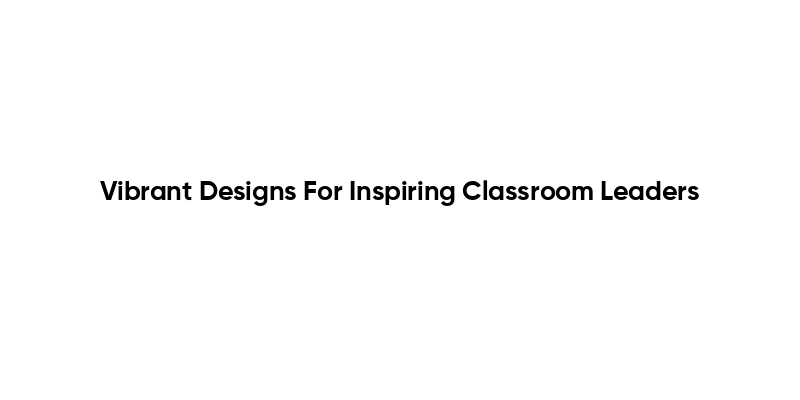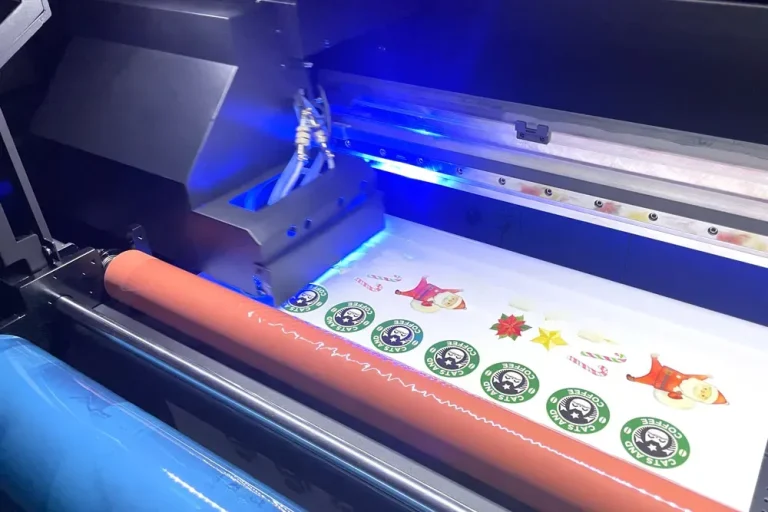Vibrant Designs For Inspiring Classroom Leaders
The Importance of Classroom Environment
The classroom environment plays a crucial role in shaping the learning experience. A vibrant and engaging classroom can significantly enhance student motivation and participation. When classroom leaders focus on creating a positive atmosphere, they foster a sense of belonging and community among students. This, in turn, encourages collaboration and open communication, essential elements for effective learning.
Moreover, a well-designed classroom can cater to various learning styles and needs. By incorporating flexible seating arrangements, interactive displays, and creative decor, classroom leaders can create spaces that inspire creativity and critical thinking. This approach not only benefits students academically but also supports their emotional and social development.
Integrating Technology in Classroom Design
In today’s digital age, integrating technology into classroom design is essential for inspiring classroom leaders. Utilizing tools such as interactive whiteboards, tablets, and educational software can transform traditional teaching methods into dynamic learning experiences. Technology not only engages students but also prepares them for a tech-driven world.
Furthermore, classroom leaders can leverage online resources and platforms to enhance collaboration and communication among students. By incorporating technology into the classroom design, educators can create a more interactive and personalized learning environment that meets the diverse needs of their students.
The Role of Color Psychology in Classroom Design
Color psychology is a powerful tool that classroom leaders can use to influence student behavior and learning outcomes. Different colors evoke various emotions and can impact concentration, creativity, and overall mood. For instance, warm colors like red and orange can stimulate energy and enthusiasm, while cool colors like blue and green promote calmness and focus.
By thoughtfully selecting color schemes for classroom walls, furniture, and decor, educators can create an environment that enhances learning. Incorporating vibrant colors can make the classroom more inviting and engaging, ultimately inspiring students to participate actively in their education.
Flexible Learning Spaces: Adapting to Student Needs
Flexible learning spaces are essential for inspiring classroom leaders to adapt to the diverse needs of their students. Traditional classroom layouts often limit collaboration and creativity. By designing flexible spaces that allow for various seating arrangements and group work, educators can encourage student engagement and participation.
These adaptable environments can include movable furniture, designated areas for group projects, and quiet zones for individual work. By providing students with choices in how they learn, classroom leaders can foster a sense of ownership and responsibility in their education, leading to improved academic outcomes.
Creating a Culture of Inclusivity Through Design
Inclusivity is a vital aspect of effective classroom leadership. Designing a classroom that reflects diversity and promotes inclusivity can significantly impact student engagement and success. Classroom leaders should consider the needs of all students, including those with disabilities, when creating their learning environments.
Incorporating elements such as accessible furniture, visual aids, and culturally relevant materials can help create a welcoming atmosphere for all learners. By fostering a culture of inclusivity through thoughtful design, educators can inspire students to embrace diversity and work collaboratively, ultimately enriching the learning experience for everyone.
| Aspect | Description |
|---|---|
| Purpose | To create an engaging and motivating environment for classroom leaders that fosters creativity and collaboration. |
| Design Elements | Incorporates bright colors, dynamic layouts, and interactive materials to stimulate learning and participation. |
| Classroom Layout | Flexible seating arrangements that encourage group work and discussions, allowing leaders to facilitate effectively. |
| Visual Aids | Use of posters, charts, and digital displays to reinforce learning objectives and provide visual stimulation. |
| Technology Integration | Incorporation of technology tools such as smart boards and tablets to enhance interactive learning experiences. |
| Community Building | Designs that promote a sense of belonging and community among students, encouraging peer support and collaboration. |
| Feedback Mechanisms | Incorporation of spaces for feedback and reflection, allowing leaders to adapt their strategies based on student input. |
| Professional Development | Opportunities for classroom leaders to engage in ongoing training and workshops to enhance their leadership skills. |






